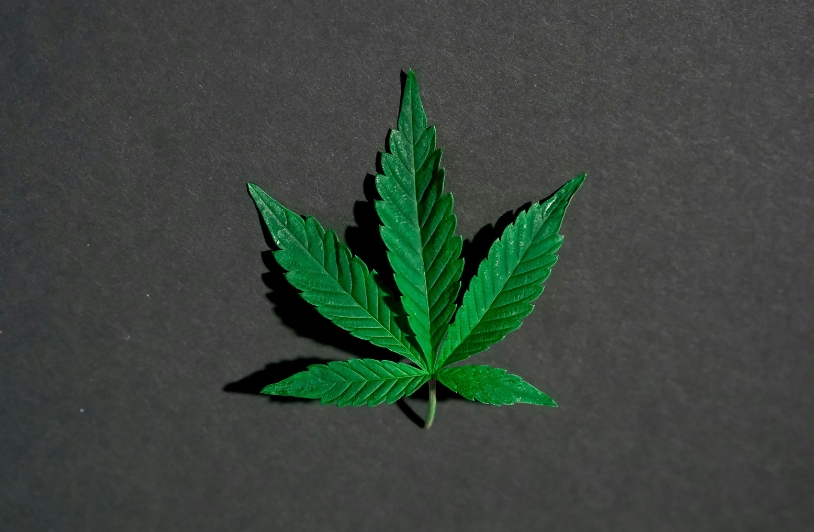Growing cannabis can seem simple at first glance, but it is full of hidden risks. Mold, mildew, and pests are some of the most common threats, and they can ruin your entire grow if not managed early. These issues can creep in silently and spread fast, especially in enclosed environments.
No matter if you are growing indoors or outdoors, starting from marijuana seeds for sale or clones, it is crucial to build a strong defense from the beginning. Prevention is always easier and cheaper than dealing with an infestation or infection once it has taken hold.
The Invisible Threats in Your Grow Space
Excessive Warmth and Humidity
Cannabis plants thrive in warm, humid conditions, which also happen to be ideal for mold and mildew. Without proper airflow, moisture can build up on leaves and buds and give mold the perfect chance to grow. Powdery mildew is one of the most common types and often looks like white dust on the leaves.
Pests
Insects do not care how much effort or money you have put into your grow. Spider mites, aphids, and fungus gnats are some of the most common cannabis pests. They feed on the plant’s sap, weaken its structure, and reduce yields.
Spider mites are tiny but highly destructive. They often go unnoticed until you see webs between the leaves. Aphids and gnats also reproduce quickly, which makes them hard to control once they appear. For growers working with strains grown from Barney’s Farm seeds, protecting these high-quality genetics from pests ensures you get the best results.
Bud Rot
It starts deep within the buds, which makes it hard to detect at first. By the time you see the damage from the outside, the inside is often already destroyed. These types of problems can turn a healthy plant into a loss very quickly if ignored.
Common Mistakes That Lead to Problems
-
Overcrowded Plants
Tight spaces reduce airflow and trap moisture. This creates the perfect environment for mold and pests to spread from one plant to another.
-
Poor Air Circulation
Stale air encourages mold and mildew. Oscillating fans may help keep air moving and discourage fungal growth.
-
Ignored Early Signs
A few spots or bugs can explode into a full infestation. Catching problems early makes them much easier to control and treat.
-
Absence of Quarantine for New Plants
Always isolate new additions before placing them with others. Even healthy-looking plants can carry hidden pests or diseases.
-
Skipped Regular Checks
Daily inspection is one of your best tools for prevention. It allows you to spot subtle changes before they become serious problems.
Ways to Deal with Grow Threats
Keep an Eye on Humidity
During the vegetative stage, plants enjoy higher humidity levels, typically around 60 to 70 percent. Once flowering begins, though, it is important to lower humidity to 40 to 50 percent to prevent mold.
A dehumidifier and proper airflow can help you control this balance. Mold loves stagnant air and wet conditions. Ensure fresh air moves around your plants, and avoid letting water pool on leaves or in soil trays.
Checking humidity daily and adjusting based on your plant’s stage is a key habit for any grower. It can be the difference between a clean harvest and a moldy disaster.
Make Sure You Use Healthy Soil
Overwatering can lead to root rot, while poor-quality soil can carry pests or fungus. Always use fresh, high-quality soil designed for cannabis if possible.
If you reuse soil or grow outdoors, make sure to treat or test it beforehand. Adding beneficial microbes and maintaining a good pH level (between 6.0 and 7.0 for soil) can help create a healthy root environment that naturally fights off threats.
Some growers also add diatomaceous earth to their soil. This natural substance is harmless to plants but deadly to soft-bodied insects. It creates a barrier that helps prevent pests from reaching the roots or laying eggs.
Final Thoughts
Preventing mold, mildew, and pests is not about one big solution but a series of smart, daily habits. The more you understand your environment, the better you can control it and protect your plants.
From seedling to harvest, your plants depend on a clean, stable space. If you pay attention to the little signs and stay proactive, you can avoid the most common pitfalls and enjoy a healthy grow.
Photo: Kindel Media via Pexels
CLICK HERE TO DONATE IN SUPPORT OF DCREPORT’S NONPROFIT MISSION




